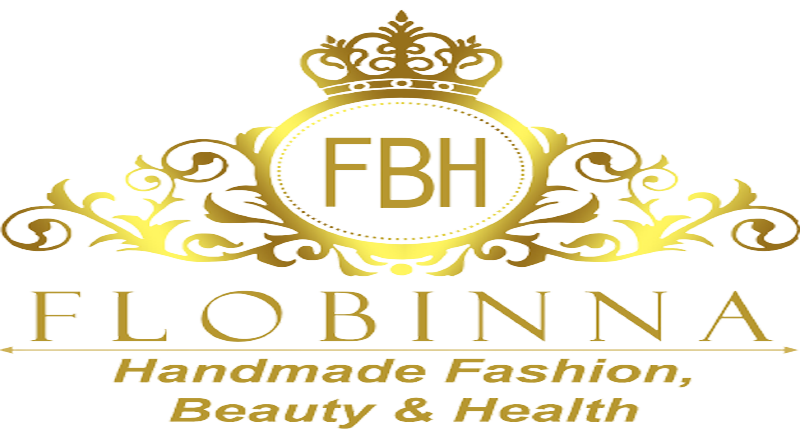Blog
The Ins and Outs of Bow Ties
Brief Bow Tie History

The bow tie dates to the early 18th century when Croatian soldiers, who wore the traditional military dress including scarves worn around the neck in a distinctive manner, served as mercenaries in the French army’s cavalry during the Thirty Year’s War. The French adapted it and wore a piece of fabric around their shirt collars known as “a la Croate”. This term became the root of the new French term “cravat”.
The cravat flourished and became a sign of cultivation and elegance among the bourgeoisie. The cravat tie led to the emergence of the bow tie and four-in-hand neckties.

In the mid 19th century, the bow tie evolved from a simple swath of material usually made of lace and known as the jabot, which was tied into any kind of bow. Soon, a specific bow tie pattern was designed and when fabrics were cut according to the pattern, the resulting bow had a definitive form that became synonymous with formal wear.
Wearing bowties – and their place in contemporary society – has evolved and moved from being on an equal footing with the necktie to becoming a rarity. In the contemporary professional world, wearing a bow tie often denotes an eccentric man.

This is unfortunate, however, as bow ties offer plenty of sartorial advantages:
- Easier to tie than neckties
- Enhances the appearance of a wide variety of faces
- Adds variety and style to your everyday wardrobe
- Enjoys a past steeped in history and tradition
Bow Tie Benefits

Wearing a bow tie with men’s suits can require courage. But fortune favours the brave, and you’ll find sporting this small accessory garners lots of attention. Women will often smile at you; young men may tell you how it reminds them of a favourite relative, while the older folks will compliment you for bringing back a clothing accessory not seen these days.
While sceptics may believe people are making fun of you, any man who can pull off a bow tie with his tailor made men’s suit demonstrates an innate sense of confidence in his own skin. Everyone will find that confidence worth appreciating and emulating.
Bow Ties and Formal Wear
In particular, bow ties became exceedingly popular to wear with the newly introduced tuxedo jacket – an alternative to the tailcoats that required white ties. Although its popularity began to wane in future years, it has survived all contemporary fashion trends even today. A fan has noted that the bowtie demonstrates the pride a man takes in his dress.
